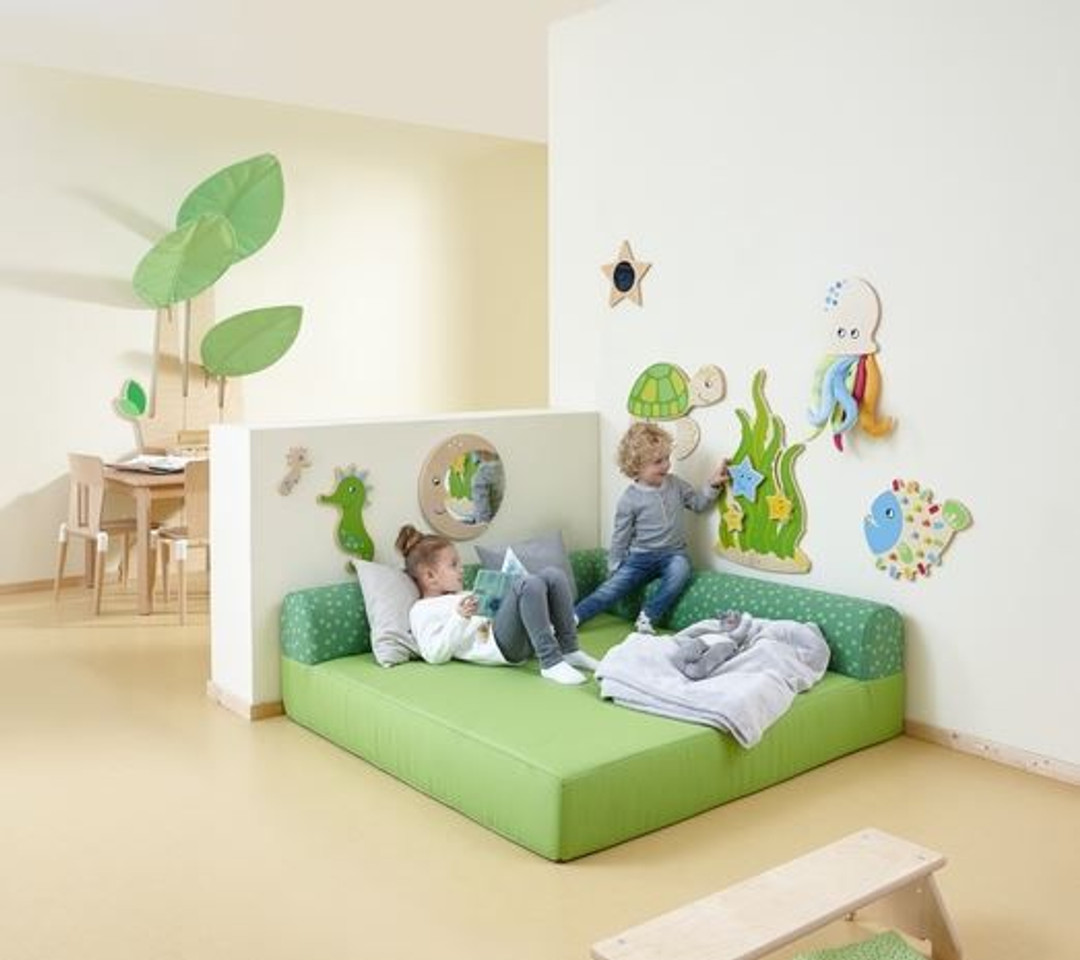How to Plan a Sensory Play Area in Your Home
Creating a sensory play area in your home can significantly enhance your child's development while providing countless hours of entertainment. Sensory play promotes cognitive growth, fine motor skills, and encourages creative thinking through hands-on exploration of various textures, sounds, and visually stimulating objects. Here are some helpful tips for planning a sensory play area that caters to all your child’s developmental needs.
1. Choose a Dedicated Space
Before jumping into the fun part of organizing toys and materials, designate a specific area for your sensory play space. Depending on your available space, this could be a corner of a room, a separate playroom, or even a section on your back porch for outdoor play. Make sure it’s a safe and easily accessible area where your child can explorer freely.
2. Consider Sensory Wall Panels
One of the best additions to any sensory play area is sensory wall panel toys. These panels are not only visually attractive but also promote interactive play. At Little People’s Cove, you can find a variety of sensory wall panels designed for different age groups, featuring different textures, sounds, and colors that facilitate sensory development. These panels can be mounted on walls, providing vertical play options that save space while engaging children's senses.
3. Incorporate a Variety of Textures
Children learn through touch, so incorporating a range of materials with different textures is crucial. Consider adding:
- Soft fabrics (blankets, plush toys)
- Rough materials (sandpaper, bark)
- Wet textures (water play tables)
- Sticky materials (adhesive foam shapes)
These textures will engage your child’s tactile senses and help them understand and differentiate between various surfaces.
4. Add Educational Toys
Incorporate toys that stimulate cognitive development such as puzzles, shape sorters, and stacking blocks. Sensory toys from Little People’s Cove encourage problem-solving skills and provide opportunities for imaginative play. Look for items that have moving parts or can create sounds to further enhance sensory experiences.
5. Create a Calm Space
While energetic play is vital, it’s equally important to provide a quiet corner for your child to relax when overwhelmed. Include soft cushions, calming light effects, or a tent where they can retreat. This helps to balance out sensory stimulation with moments of calm, promoting emotional regulation.
6. Go for Colorful and Interactive Decor
Decorate the space with vibrant colors and engaging displays. Wall decals of animals, nature, or geometric shapes not only beautify the area but can also serve as interactive stimuli. For younger children, incorporating interactive elements like mirrors, lights, and easily accessible art supplies can transform a simple play area into an educational hub.
7. Consider Safety and Accessibility
Safety should always be a priority when creating a play area. Ensure that all toys are non-toxic and free from small parts that may pose a choking hazard. Keep the space organized and easily navigable, allowing kids to explore freely while limiting any potential accidents.
8. Regularly Update and Rotate Toys
Children’s interests change rapidly; therefore, rotating toys and sensory materials will keep the play area fresh and exciting. Regularly update the area based on your child’s preferences and developmental stages. This approach not only keeps them engaged but also fosters an environment of curiosity.
Conclusion
A carefully planned sensory play area in your home can be the perfect environment for children to explore their senses and enjoy uninterrupted play. By incorporating sensory wall panel toys and other interactive elements from Little People’s Cove, you can foster a creative, educational experience that aids in their development. Invest in this special space, and watch your child's skills flourish through the power of play!

